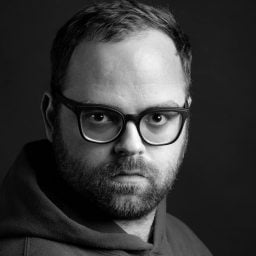On View
Indigenous Histories and Futures Shine in This Photography Exhibition
Curated by Wendy Red Star, the exhibition features more than 60 works by artists spanning dozens of Native nations and affiliations.
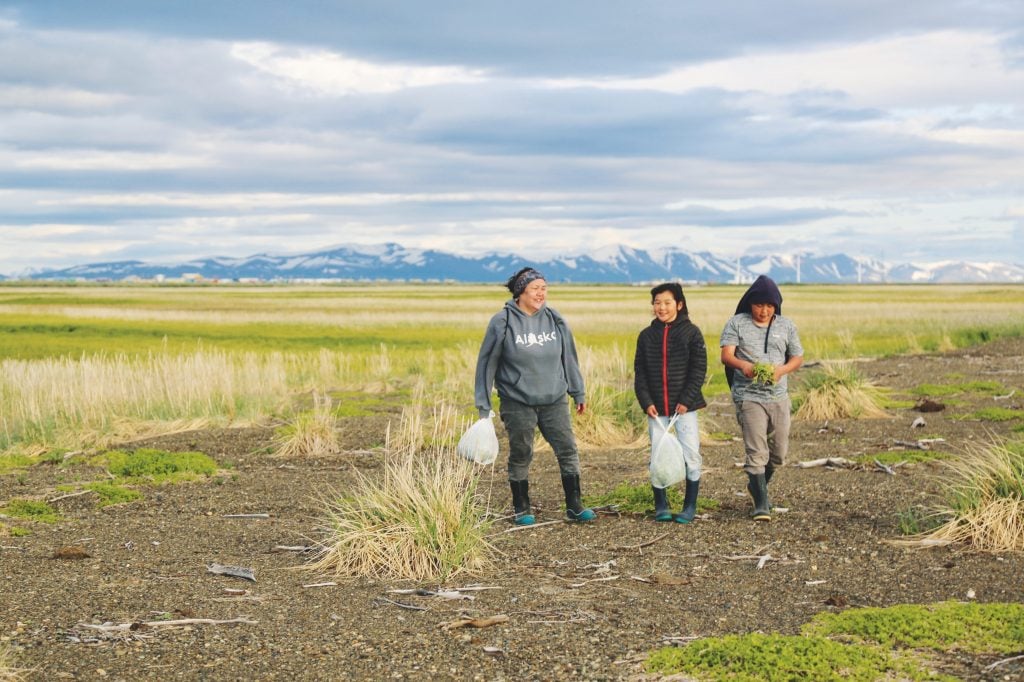
A groundbreaking traveling exhibition that redefines the narrative of Native American representation through photography and lens-based art has arrived at the Blanton Museum of Art in Austin, Texas. “Native America: In Translation,” curated by celebrated Apsáalooke artist Wendy Red Star, explores themes of memory, identity, and cultural preservation through the works of intergenerational Native and Indigenous artists. The show offers a vivid dialogue on the evolving role of photographic mediums in capturing Native histories and futures.
The exhibition grew from the Fall 2020 issue of Aperture magazine, which was guest-edited by Red Star and explored how photographic mediums historically have contributed to the representation of Native cultures. The artist then curated the traveling show, which was organized by Aperture and received funding from the National Endowment of the Arts.
“I was thinking about young Native artists and what would be inspirational and important for them as a road map,” Red Star said in a statement. “The people included here have all played an important part in forging pathways, in opening up space in the art world for new ways of seeing and thinking.”
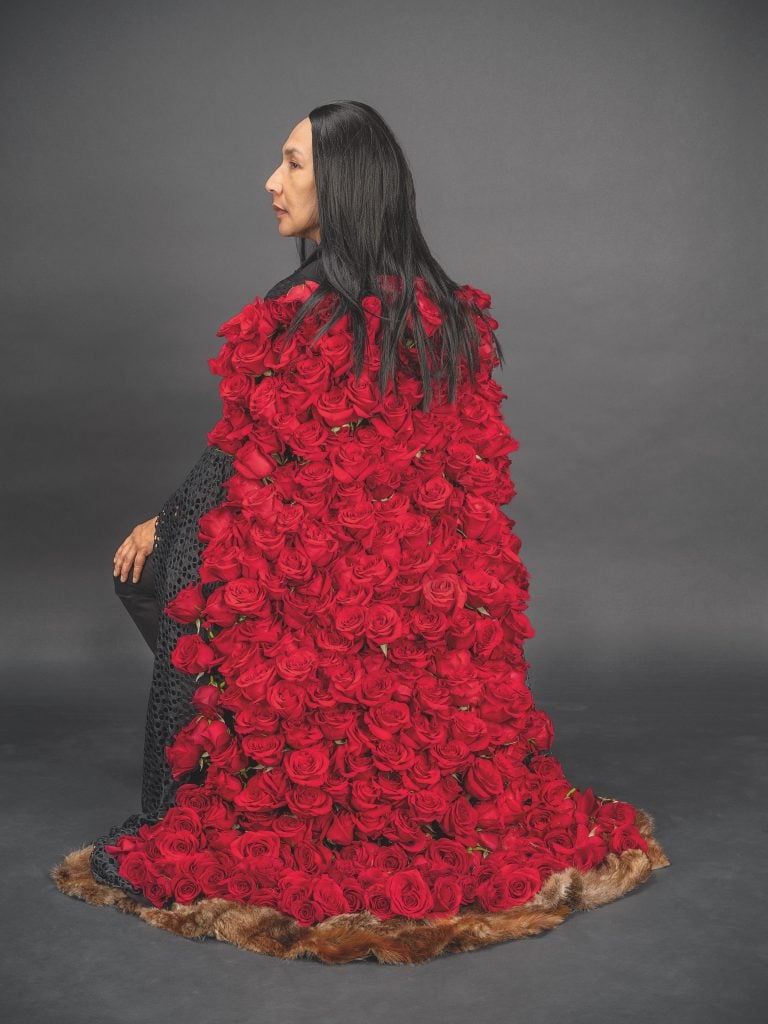
Rebecca Belmore, matriarch (2018), from the series nindinawemaganidog (all of my relations), Photo: Henri Robidea. Courtesy of the artist.
The show includes works by Omaskêko Ininiwak artist Duane Linklater; Mohawk artist Alan Michelson; Musgamakw Dzawada’enuxw artist Marianne Nicolson; Martine Gutierrez, an American artist of Mayan heritage; the late Cree artist Kimowan Metchewais; Rebecca Belmore of the Lac Seul First Nation; Yup’ik artist Nalikutaar Jacqueline Cleveland; American-Ecuadorian artist Koyoltzintli; and Salvadoran artist Guadalupe Maravilla.
“There has been a gap in our transmission of our knowledge, and we used photography as a memory device,” Nicolson said of how the Native artists use lens-based mediums. The artist and land rights activist’s monumental installation projects light through etched glass boxes that reference Kwakwaka’wakw songs, stories, and spiritual connection to the land.
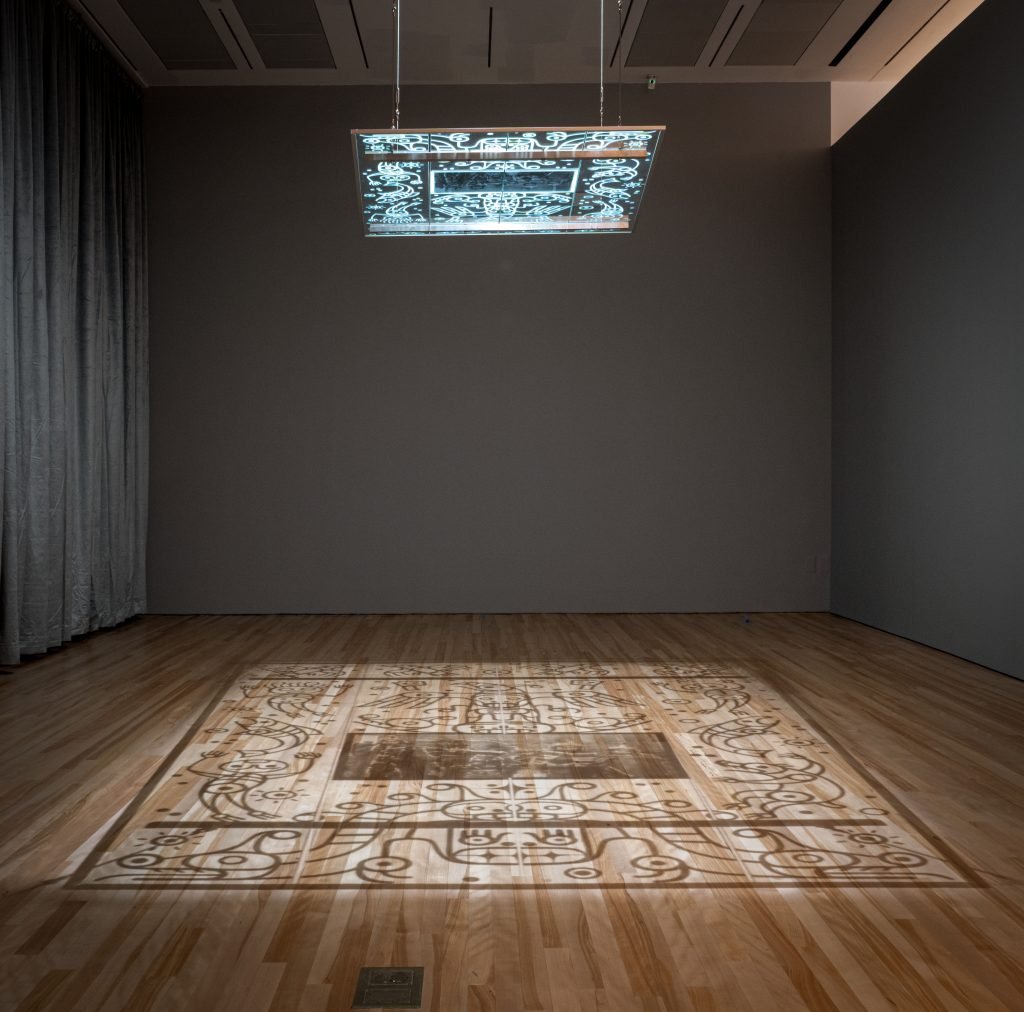
Installation view of Marianne Nicolson’s Widzotłants gwayułalatł? Where Are We Going…What Is to Become of Us? at the Blanton Museum of Art. Photo courtesy of the Blanton Museum of Art
Among the works in the show is a 23-image installation by Linklater that is sourced from a 1995 issue of Aperture that also spotlighted Native American photographers and an installation by Michelson that features historic maps projected onto busts of George Washington referencing his 1779 military campaign against Iroquois villages.
“My audience is the people of the villages I shoot and students of ethnobotany. I identify myself as a subsistence hunter-fisher-gatherer,” Cleveland said about her series of work “Ethnobotany” that is included in the exhibit. “That includes foraging, first and foremost. And next, as a documentary filmmaker and photographer.”
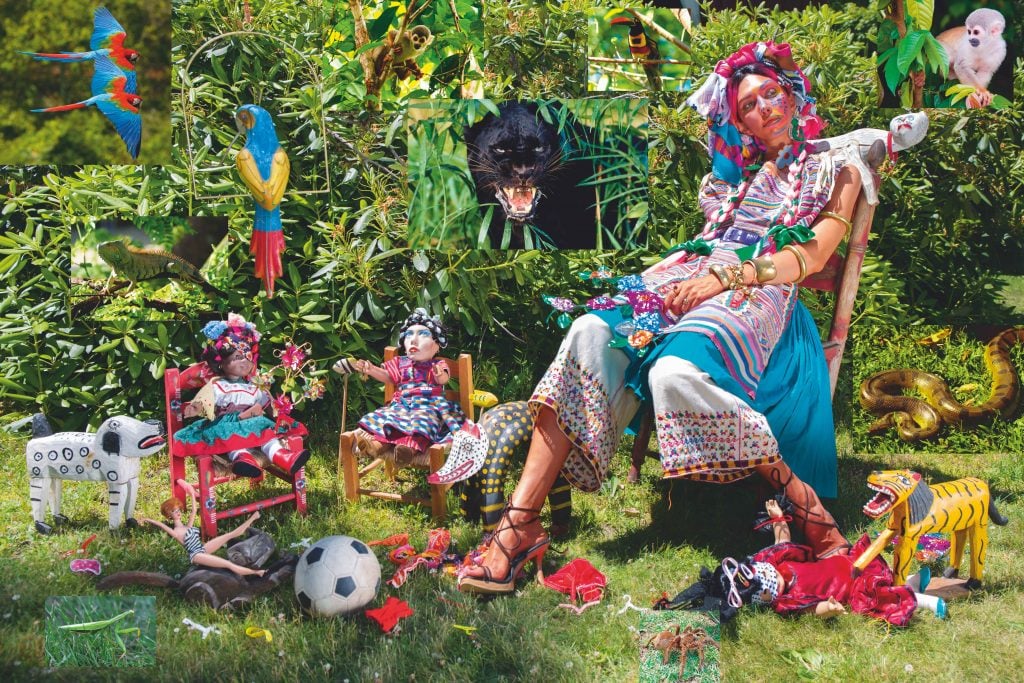
Martine Gutierrez. Queer Rage,
Imagine Life-Size, and I’m Tyra from the series “Indigenous Woman” (2018). Photo courtesy of Martine Gutierrez and the Ryan Lee Gallery, New York
Altogether, the artists and their more than 60 works were chosen to present an intergenerational sample of contemporary art from various Native nations and affiliations across the Americas who use photography, video, and mixed media in their works.
“The artists and artworks Wendy Red Star has selected delve into universal themes like memory and identity with remarkable depth and creativity,” said Blanton’s director Simone Wicha. “The exhibition’s photography and other powerful visuals will no doubt be deeply moving for our visitors and foster insight and understanding of our rich American heritage.”
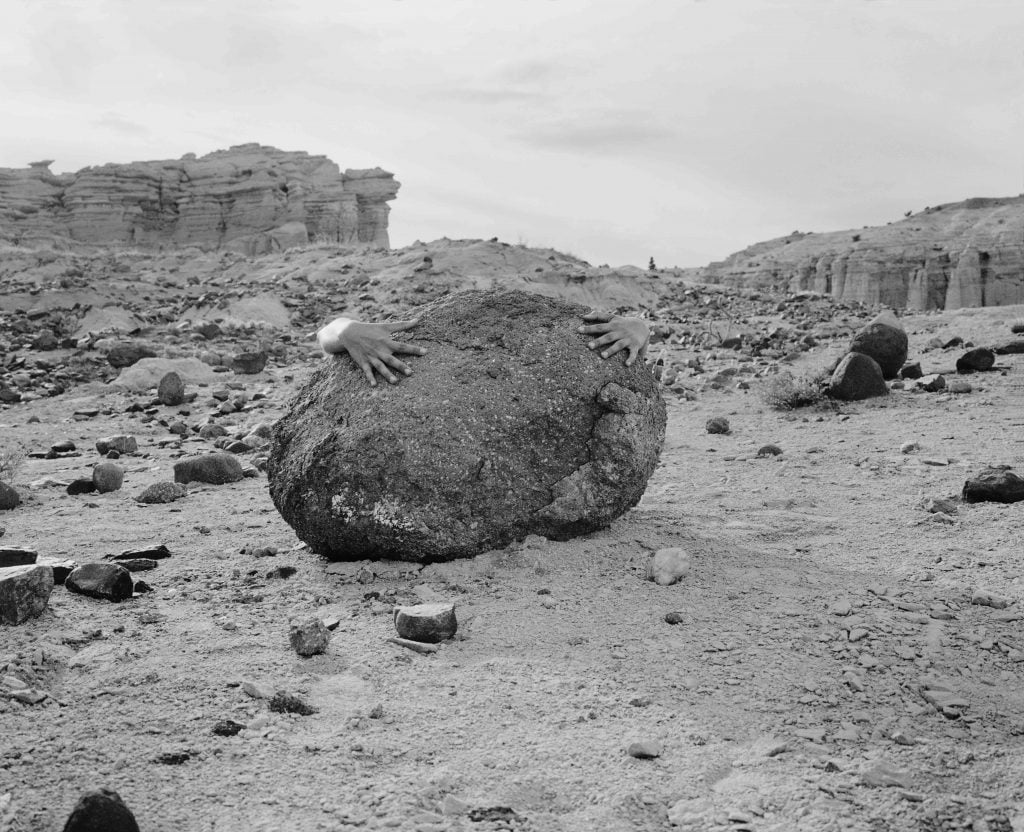
Koyoltzintli. Spider Woman Embrace, Abiquiu, New Mexico (2019). Photo courtesy of Koyoltzintli
It was first exhibited at the Princeton University Art Museum in 2022 and has since traveled to Haverford College in Pennsylvania, the Milwaukee Art Museum in Wisconsin, the University of South Florida Contemporary Art Museum and the Museum of Contemporary Photography at Columbia College in Chicago.
Hannah Klemm, the Blanton’s curator of modern and contemporary art, organized the Blanton’s presentation of the show, which boasts the special including of an additional work by Maravilla from the Blanton’s collection.
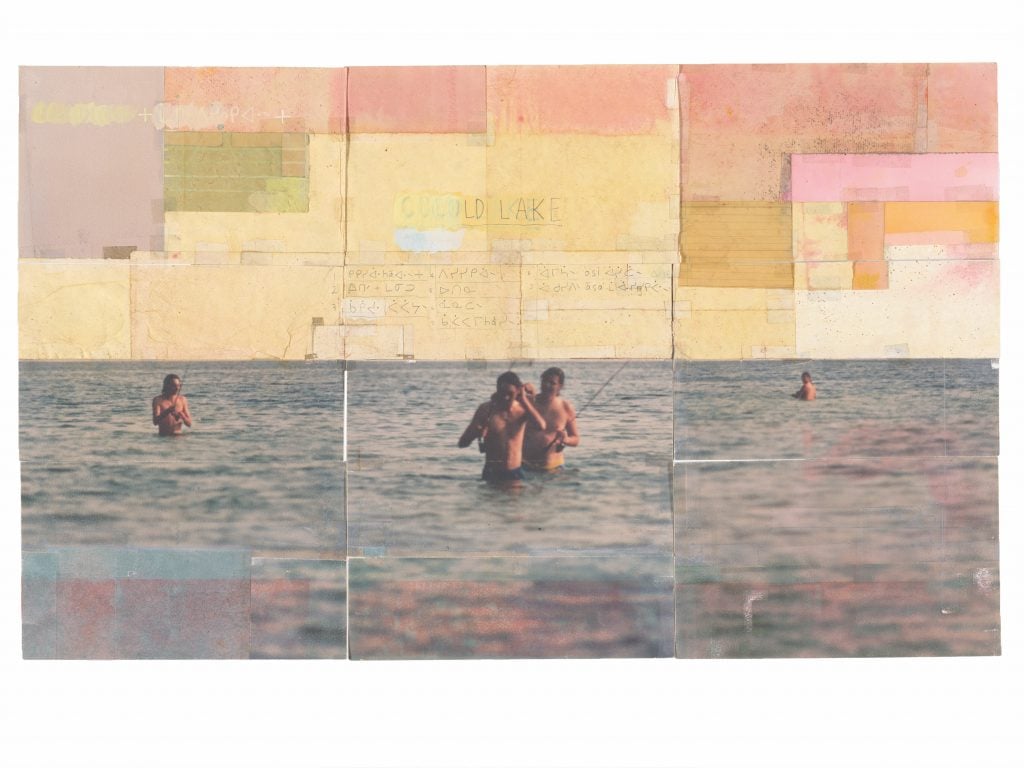
Kimowan Metchewais. Cold Lake Fishing (Undated). Photo courtesy of the Kimowan Metchewais [McLain] Collection, National Museum of the American Indian Archives Center, Smithsonian Institution
“Native America: In Translation” is on view through January 5 at the Blanton Museum of Art, 200 E Martin Luther King Jr Blvd in Austin, Texas.

